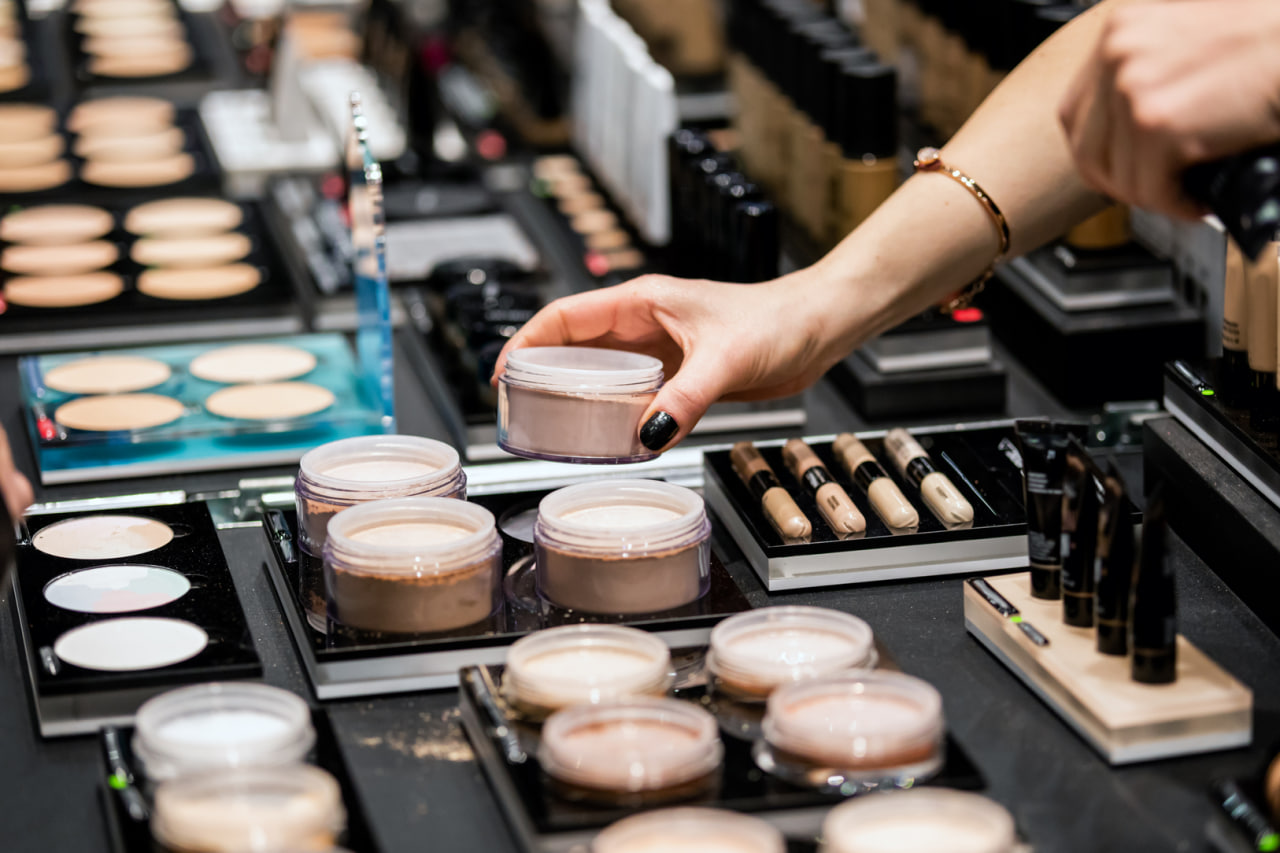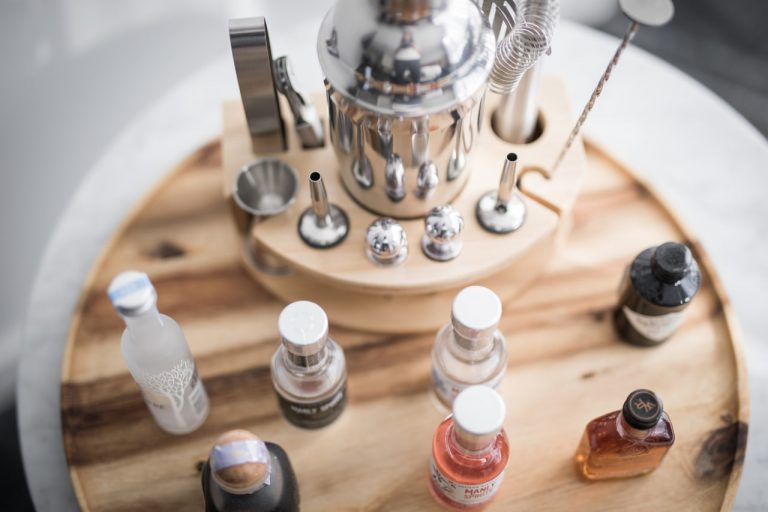Book Appointment Now

From DIY to Business: Turning Your Formulation Skills into a Brand
You’ve mastered the basics of formulation. Your balms are smooth, your serums glide beautifully, and your friends keep asking, “Can I buy this?” What started as a creative hobby is beginning to feel like something more — a potential brand. But how do you take that leap from crafting at your kitchen table to creating a legitimate, trusted natural skincare line?
Transitioning from DIY formulator to business owner is exciting — and it requires more than just good products. It involves planning, research, structure, and a clear understanding of what it takes to create, sell, and scale a beauty business that is safe, ethical, and compliant.
If you’re ready to go beyond the hobby and into entrepreneurship, this guide will walk you through the essential steps to building your brand — thoughtfully and professionally.
1. Shift Your Mindset: From Maker to Founder
As a hobbyist, you may create intuitively — blending what feels right, testing on yourself or friends, keeping casual notes. But as a business owner, your mindset must evolve.
Running a skincare brand requires:
- Documented formulas and batch records
- Ingredient traceability
- Cosmetic safety and legal compliance
- Clear branding, consistent packaging, and shelf-stable products
- A strong understanding of your ideal customer
You’re no longer just making products. You’re building a business — one that needs systems, strategy, and sustainability.
2. Define Your Niche and Purpose
The beauty industry is highly saturated, especially in the natural skincare space. But that’s not a disadvantage — it’s an opportunity to stand out.
Ask yourself:
- Who is your customer? What are their values, skin concerns, lifestyle?
- What makes your brand different — ingredients, formulation style, story, ethics?
- What do you stand for — sustainability, minimalism, inclusivity, transparency?
- Are you solving a specific problem or creating a new experience?
The clearer your brand purpose, the stronger your voice will be — and the more trust you’ll build with your audience.
3. Start Small — But Start Strategically
You don’t need 10 products to launch. In fact, many successful brands start with 1 to 3 hero products that are perfected, tested, and deeply aligned with their niche.
Focus on:
- Formulations that are safe, stable, and effective
- Packaging that protects the product and reflects your brand identity
- Sourcing ingredients that are ethical, reliable, and consistent
- Pricing that reflects both your values and market realities
Start with small batches and build from there. It’s better to launch slowly and confidently than to rush with uncertainty.
4. Learn the Legal and Regulatory Side
Selling cosmetics — even natural, handmade ones — means complying with cosmetic laws and safety standards in your country and target market.
This typically includes:
- Creating a Product Information File (PIF)
- Completing a Cosmetic Safety Assessment (CPSR)
- Proper INCI labeling, batch numbering, and shelf-life indication
- Registering your products in databases (like the EU’s CPNP or UK’s SCPN)
- Using GMP (Good Manufacturing Practices) in your production
Don’t skip this step. Selling untested or unlabeled products isn’t just risky — it’s illegal in many regions. If you’re unsure, consider consulting with a cosmetic safety assessor or regulatory expert.
5. Build a Brand, Not Just a Logo
A brand is more than a name and a pretty label. It’s the emotional connection people make with your products — and the trust they place in you.
Think about:
- Your visual identity: logo, color palette, typography
- Your tone of voice: friendly, expert, minimalist, playful?
- Your values: Are they visible in every product, post, and package?
- Your story: Why did you start this? What do you want to change?
Consistency across every touchpoint — from your website to your labels to your customer emails — builds recognition and trust over time.
6. Plan Your Sales and Marketing Approach
Where and how will you sell your products? Online? At markets? Through stockists?
Key channels to consider:
- Your own website: A professional, conversion-friendly website builds credibility and control.
- Social media: Instagram, Pinterest, and TikTok are powerful for beauty storytelling and community.
- Email marketing: A great tool for building loyalty and repeat business.
- Markets and pop-ups: Ideal for connecting with local customers and testing new products.
- Wholesale and partnerships: Can offer volume and exposure, but require reliable production.
Start small, but think big. Begin with what you can manage well — then scale when the time is right.
7. Build Trust Through Education and Transparency
Modern customers, especially in the natural beauty space, are educated and curious. They want to know:
- What’s in the product
- Where ingredients come from
- Why each ingredient is included
- How products are made and tested
- Who’s behind the brand
Share your process. Educate your audience. Show your lab work. Explain why you use a preservative, how you test for pH, or where your oils come from.
Transparency isn’t just ethical — it’s powerful marketing.
8. Keep Learning and Improving
Running a beauty business is a continuous journey of learning. You’ll evolve your formulas, refine your packaging, expand your product range, and respond to customer feedback. Stay curious, patient, and adaptable.
Take advanced courses. Join formulator communities. Read regulatory updates. Hire help when you need it. You don’t need to know everything at once — but you do need to be open to growth.



